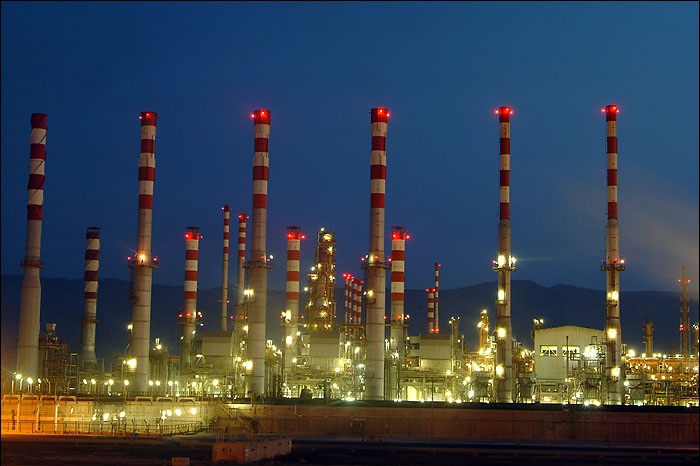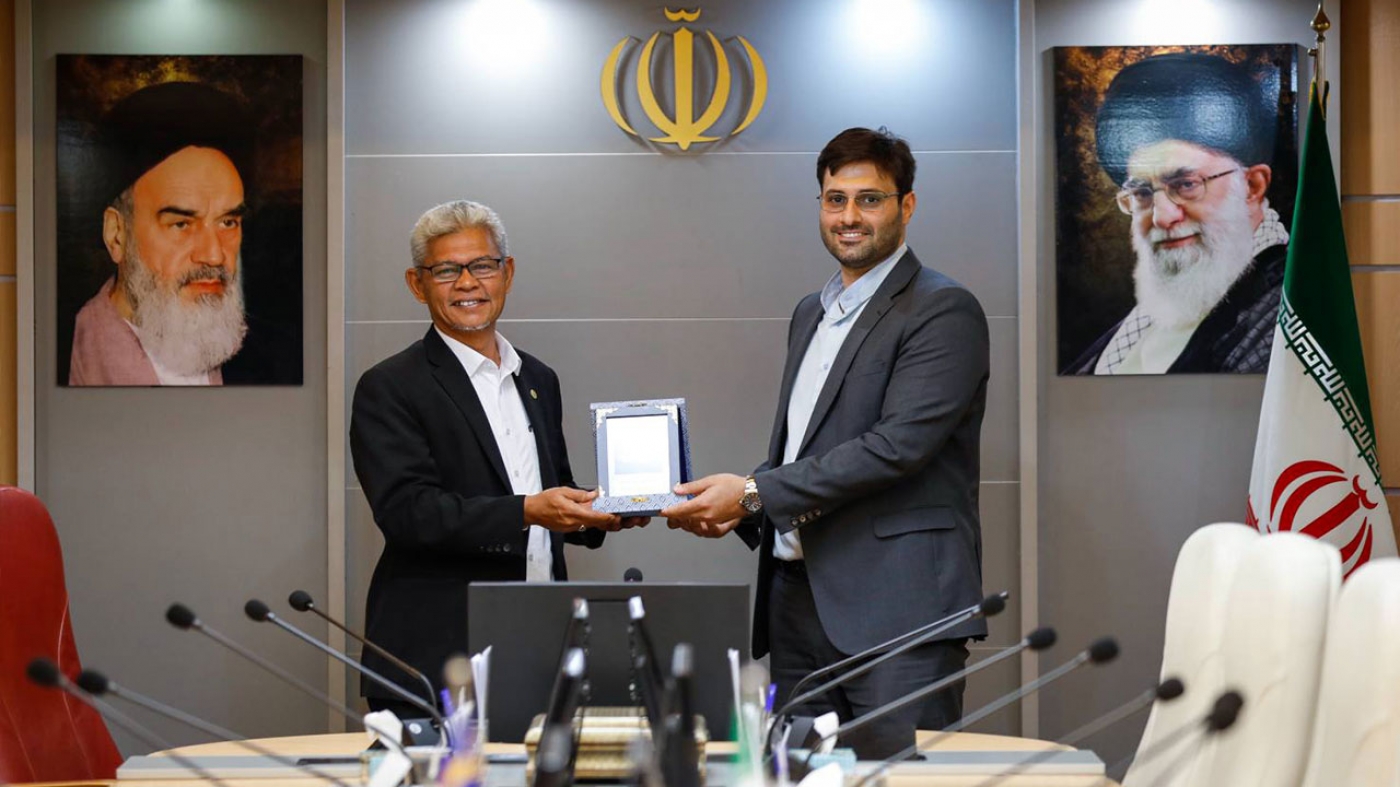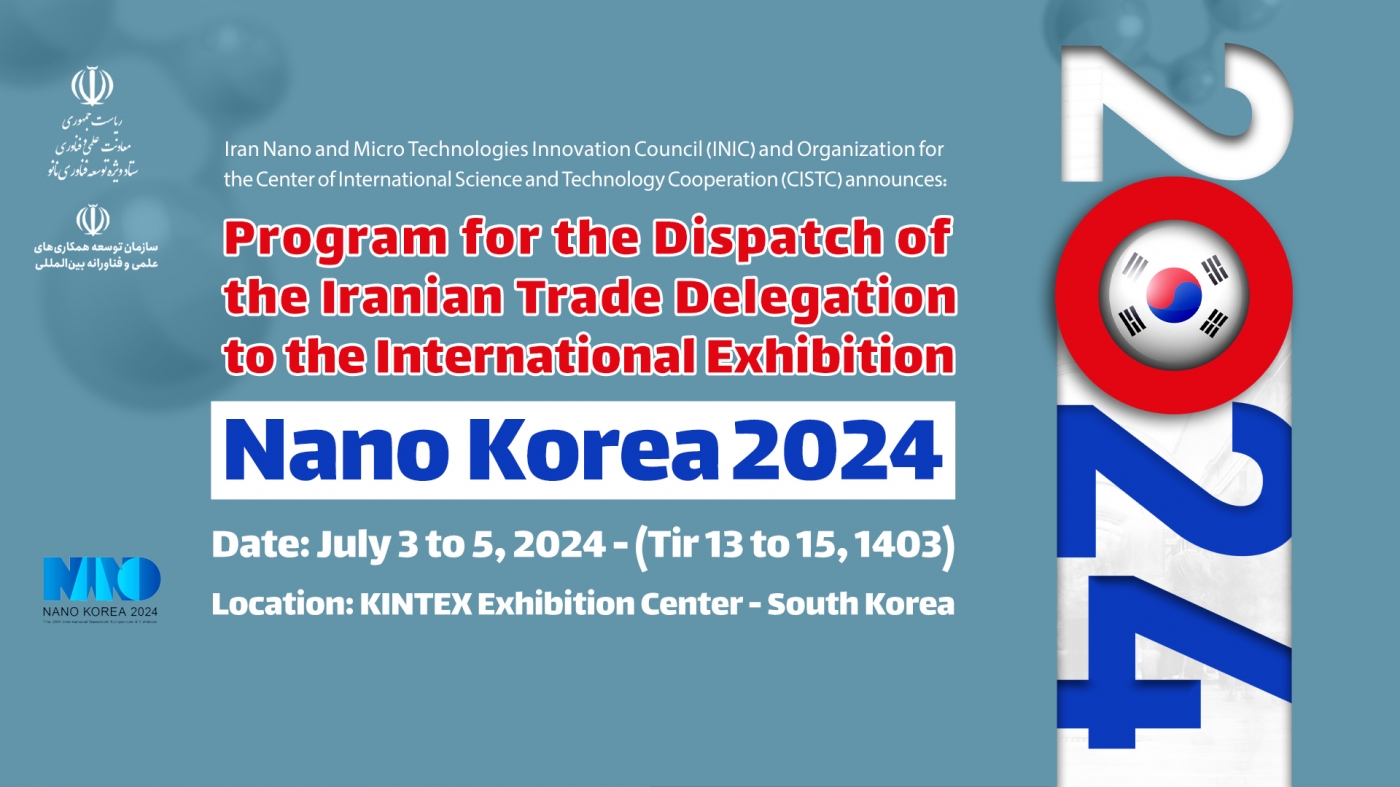
In a close collaboration, researchers from University of Hormozgan, Tarbiat Modares University, and Razi University have successfully synthesized a nanosized photocatalyst for the efficient elimination of ubiquitous contaminants in refinery wastewater. Unknown for full-scale results, the laboratory-scale experimentations of the as-synthesized nanosized photocatalysts for wastewater treatment applications have confirmed the elimination of organic contaminants by 80 % at Bandar Abbas oil refinery.
The aromatic compounds in oil refinery wastewater cannot be removed by the conventional treatment methods such as Activated-Sludge method, Dissolved Air Flotation (DAF), and Coagulation-Flocculation. The Advanced Oxidation process (AOP) is an efficient method for wastewater treatment which is based on the photocatalytic decomposition and considered as a supplementary technique for the biological methods. In this research work, a composite nanosized photocatalyst has been synthesized for oil refinery wastewater treatment and its effective parameters have been examined.
Despite better efficiency than that of synthesized photocatalysts produced by similar wastewater treatment methods, this nanocomposite offers favorable stability under various physical, chemical and thermal conditions.
In this study, iron-containing zeolite has been used as substrate for the deposition of nanosized titanium dioxide (TiO2) photocatalysts. The deposited TiO2 on the zeolite structure benefits from the same properties as conventional TiO2. The only difference is the narrower band gap due to the nanostructuring nature of the deposited oxide. Such an intrinsic variation may enhance the photocatalytic performance of the deposited TiO2. In this case, the chemical properties of the as-synthesized TiO2 are improved because this film is nanostructured with a high specific surface area.
This study has arisen from a common attempt by Dr. Zahra Ghasemi (faculty of Hormozgan University), Dr. Habibollah Younesi (Faculty of Tarbiat Modares University), and Dr. Ali Akbar Zinatizadeh (faculty of Razi University). The experimental results of the study are published in the journal of “Chemosphere” (IF: 4.208, vol. 159, 2016, p.552-564).
Source:
http://www.sciencedirect.com/science/article/pii/S0045653516308165



